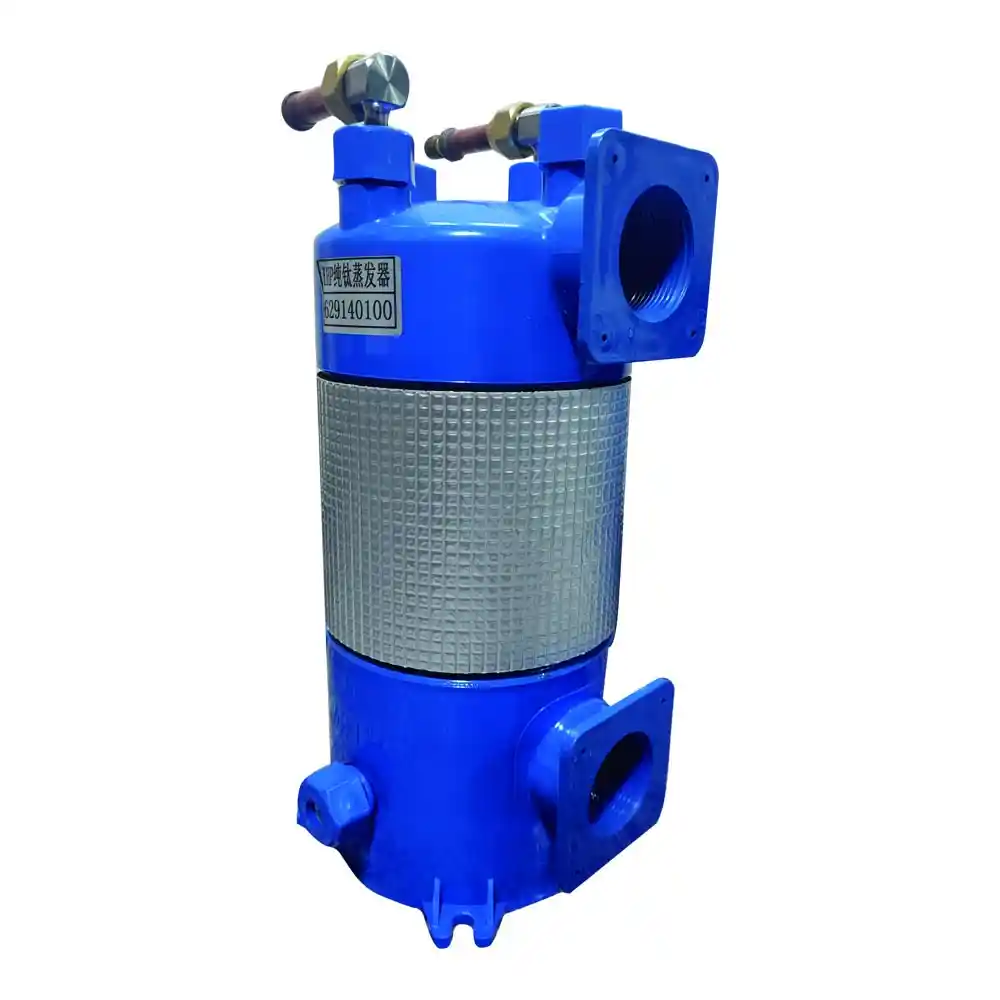Introduction
Titanium coil bending is a crucial step in the raw material preparation process for manufacturing titanium coil heat exchangers with PVC shells. This article focuses on the specific aspects of bending titanium coils and highlights the importance of this process in the production of high-quality heat exchangers. The objective is to provide a detailed understanding of titanium coil bending, including its techniques, considerations, and challenges.
1. Importance of Titanium Coil Bending
Bending titanium coils is necessary to achieve the desired shape and configuration for the heat exchanger. It allows for the efficient use of space and facilitates the optimal flow of fluids through the heat exchanger. The bending process determines the final shape of the coil, ensuring effective heat transfer and maximizing the performance of the heat exchanger.
2. Techniques for Titanium Coil Bending
Several bending techniques can be used for titanium coils, depending on the specific requirements and constraints. The following are commonly used techniques:
2.1 Mandrel-Based Bending
Mandrel-based bending involves using a mandrel or a solid rod inserted into the titanium tube during the bending process. This technique helps maintain the shape and integrity of the tube while minimizing deformation and the risk of wrinkles or cracks.
2.2 Roll Bending
Roll bending is another technique used for bending titanium coils. It involves passing the titanium tube through a set of rollers, which gradually deform the tube into the desired shape. Roll bending is suitable for achieving consistent bends with larger radii.
2.3 Rotary Draw Bending
Rotary draw bending utilizes a combination of a bending arm and a rotating die. The titanium tube is clamped and pulled around the die, resulting in precise and controlled bends. This technique allows for tight-radius bends and is commonly used for complex coil configurations.
2.4 Induction Bending
Induction bending is a heat-based bending process that utilizes localized heating to facilitate the bending of titanium tubes. The tube is heated using an induction coil, which softens the material and enables it to be bent into the desired shape. Induction bending offers flexibility in achieving various bending angles and radii.
3. Considerations for Titanium Coil Bending
When bending titanium coils, certain considerations should be taken into account to ensure successful and high-quality results. These considerations include:
3.1 Material Properties
Titanium possesses unique material properties, including high strength and low ductility. These properties need to be carefully considered during the bending process to prevent cracking, springback, or other deformations.
3.2 Bending Radius and Angle
The bending radius and angle play a crucial role in determining the flow characteristics and performance of the heat exchanger. The radius should be selected to achieve the desired heat transfer efficiency while maintaining the structural integrity of the coil.
3.3 Wall Thickness
The wall thickness of the titanium tube affects its bendability. Thicker walls may require more force and specialized techniques for bending, while thinner walls may be more prone to deformation. The appropriate wall thickness should be determined based on the specific application requirements.
3.4 Quality Control
Strict quality control measures should be implemented throughout the bending process to ensure the integrity and reliability of the titanium coils. Non-destructive testing methods, such as visual inspection, dimensional checks, and ultrasonic testing, can be employed to detect any defects or irregularities.
Summary of Titanium Coil Bending
The following table summarizes the key aspects of titanium coil bending for manufacturing titanium coil heat exchangers with PVC shells:
| Aspect | Descripción |
|---|---|
| Importance | Significance of titanium coil bending in achieving desired heat exchanger shape and performance |
| Techniques | Overview of mandrel-based bending, roll bending, rotary draw bending, and induction bending |
| Considerations | Factors to consider, including material properties, bending radius and angle, wall thickness, and quality control |
| Result | High-quality titanium coils suitable for heat exchanger assembly and production |
In conclusion, titanium coil bending is a critical step in the raw material preparation process for manufacturing titanium coil heat exchangers with PVC shells. By employing suitable bending techniques and considering important factors, such as material properties, bending radius, wall thickness, and quality control, manufacturers can produce high-quality titanium coils that meet the requirements of efficient heat transfer and structural integrity.


